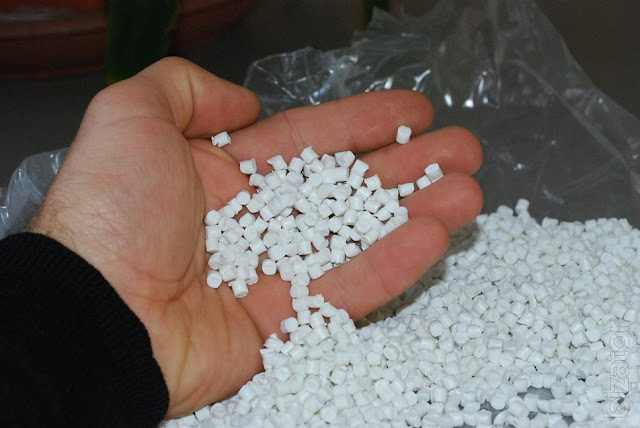Polypropylene Compounds and Their Wide-Ranging Applications
What are Polypropylene Compounds?
Polypropylene is a widely used thermoplastic polymer derived from
petroleum-based feedstock. However, on its own polypropylene has limited
properties and applications. To enhance its strength, durability and
versatility for different end-use applications, polypropylene is compounded
with additives and fillers. The resulting mixture is known as polypropylene
compounds.
Additives and Fillers Used
A variety of additives and fillers are added during the compounding process to
impart specific properties to polypropylene. Common additives include
colorants, nucleating agents, heat and light stabilizers, antistatic agents,
flame retardants and lubricants. Fillers like glass fibers, mineral fillers and
materials like wood flour are also mixed in to boost strength, stiffness and
dimensional stability. The type and amount of additives and fillers
incorporated depends on the desired characteristics and end-use of the
compounded polypropylene.
 |
| Polypropylene Compounds |
Mechanical Properties Achieved
Compounding enhances the mechanical and physical properties of polypropylene
significantly. Glass fiber reinforced Polypropylene
Compounds have high rigidity and strength relative to unfilled grades.
Mineral filled compounds have improved stiffness, impact resistance and
dimensional stability compared to unfilled polymer. Nucleating agents allow
production of polypropylene with higher crystalline content which directly
translates to improved strength and hardness. Heat stabilizers maintain
properties at elevated service temperatures. Thus formulations tailored with
the right additives and fillers deliver polypropylene with reinforced
mechanical abilities.
Applications in Different Industries
Automotive Industry
PP compounds dominate under-the-hood applications due to heat resistance.
The durable compounds are used for fan shrouds, radiator end tanks, air intake
manifolds etc. Glass and mineral filled grades are common choices while
nucleated polypropylene serves valve covers.
Electrical & Electronics
Heat stabilized and flame retarded PP compounds encase televisions,
computers, audio systems etc. Various housings, cabinets benefit from the
lightweight and insulating properties. Grades reinforced by minerals or fibers
suit rigid backplanes and circuit board mounting.
Building and Construction
Pipes, fences, decking, furniture, siding benefit from weather-resistant
polypropylene. Wood-PP compounds realistically replicate the look and texture
of wood. Glass fiber reinforced compounds lend strength to fittings, fixtures,
panels used in infrastructure projects.
Appliance Industry
Polymers in appliances require stiffness, impact resistance and temperature
performance. Mineral or talc filled polypropylene securely houses washing
machines, refrigerators, dryers delivering durability. Compounds shield electronics,
insulation maintaining properties in harsh conditions.
Medical Devices
Applications favoring autoclavability utilize glass-filled polypropylene.
Critically, injection molded implants, prosthetics rely on biocompatible,
hydrolysis-resistant compounds. Blood collection bottles make use of nucleated
grades for increased clarity over unfilled materials.
Benefits of Polypropylene Compound
In summary, compounding polypropylene provides versatility and customization
unavailable with the neat polymer. Formulations delivering specific property
profiles ease material selection for complex designs. Effects like improving
strength by 40% and stiffness up to 80% are regularly achieved. Overall
benefits encompass:
- Tailored mechanical properties as per application needs
- Enhanced dimensional stability, reduced warping
- Superior performance at high/low temperatures, weathering resistance
- Reduced costs through property and processing enhancements
- Broadened range of potential applications
- Consistent and reproducible characteristics
This versatility has led to polypropylene finding diverse uses beyond its early
applications. Continuous advancements in compounding technology will see the
polymer garnering new opportunities going forward.
Get
more insights on Polypropylene
Compounds



Comments
Post a Comment